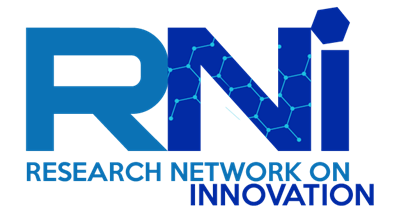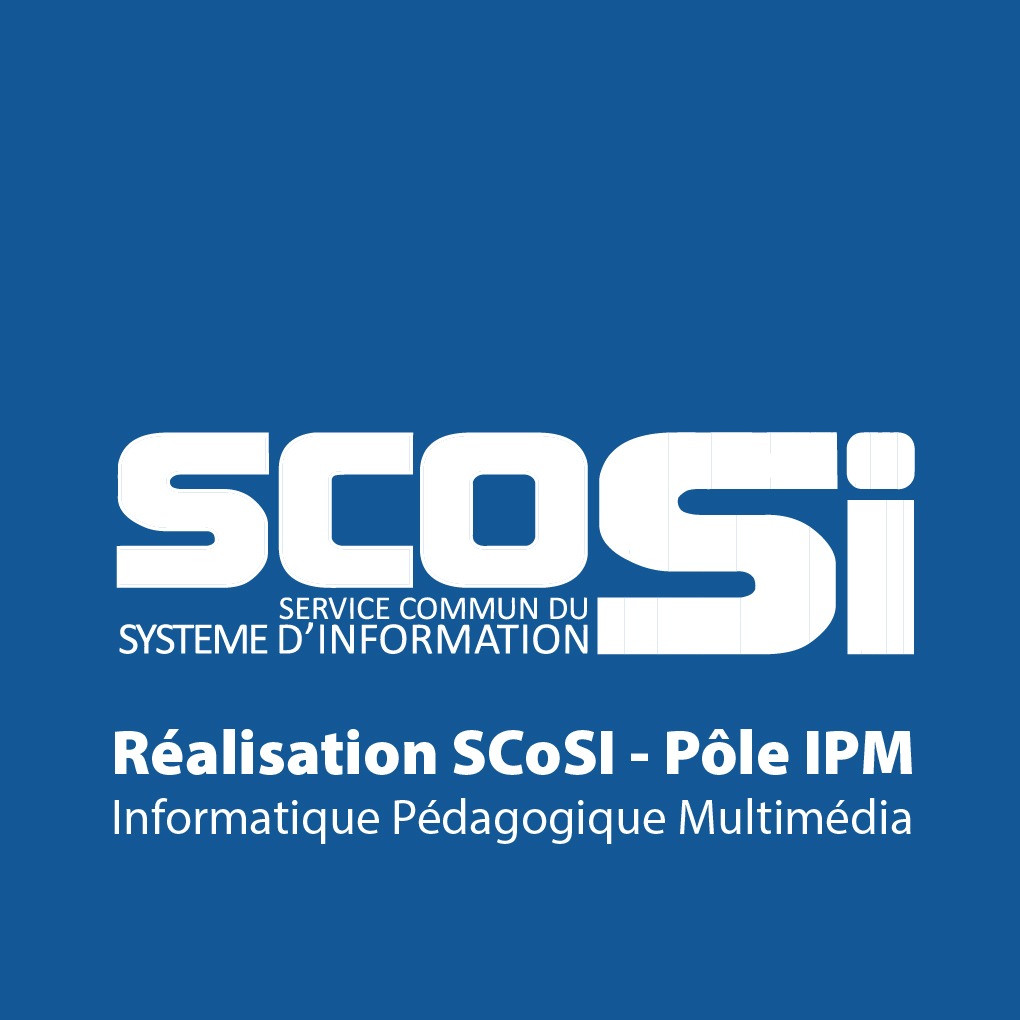The 5G of discord?
In the 1970s, 1G is the first generation of mobile networks, it is dedicated solely to voice calls, it is based on “analog” technology. It differs from the following ones, which are based on “digital” technology, and currently lead to 5G technology, which can be considered the generation of all uses.
To present the difference between 4G and 5G with a simple example, it is possible to use the properties of light:
- 4G can be compared to a lamp that emits a diffuse light and illuminates a large area, but this lighting does not carry very far, like a parasol ;
- The 5G can be compared to a lamp whose light illuminates to a specific point but further away and with the same power, like a beam.
The innovation is not only based on the speed, but also on the throughput of the network, so a large number of people or objects can be connected simultaneously. Reaction time or latency is a very important factor, it is of the order of a millisecond.
These conditions will give rise to technologies presented in: entertainment, autonomous vehicles, virtual reality, health and remote surgery, and especially industry and factory 4.0.
- Entertainment: Today 50% of videos are watched on a smartphone, high-definition streaming will increase. Live event streaming and HD television will be accessible without interruption from a mobile device. The entertainment industry will change. For video games, virtual or augmented reality will allow to create immersive experiences.
- The autonomous car: Vehicles will be the next connected objects. This vehicle-to-vehicle (V2V) technology will be the most important innovation in road safety.
- Remote health and surgery: Real-time monitoring of patients thanks to connected objects; Patients will be in contact at any time, according to their health needs, with their doctor; 5G will enable remote surgical operations to be performed for millions of people around the world.
But the most promising applications will be in industry to accelerate its digitalization and gain competitiveness. According to the latest figures published by France Industrie, 25 billion euros are invested in R&D each year by the industry sector.
The industry
The “Internet of Things” (IoT) connected objects also concern industry, and these intelligent sensors enable better control of building security and predictive maintenance. Logistics, inventory management and real-time monitoring will benefit from 5G. The plant of the future will be fast and flexible.
On September 28 and 29, 2017, Estonia hosted the first European summit dedicated to digital issues in its capital, Tallinn. Among other things, the heads of state and government discussed the European Commission’s recent proposals on cyber security and taxation of the digital economy. At this summit, Bosch and Nokia jointly demonstrated the use of 5G in production, and in particular in the emerging environment of connected factories, or Factory 4.0. The speed, real-time performance and transmission reliability of 5G will transform mobile communication in general, but probably even more so in the industrial world, the fourth industrial revolution.
The future of 5G!
According to Pierre Benhamou: “In France, political leaders and industry leaders agree on one point: 5G, the new generation of mobile technology, will only really be noticeable from 2023 at best, with the emergence of real use cases worthy of the name. That doesn’t prevent some digital giants from not waiting to dream out loud about what 6G will be, which is still just an acronym devoid of any tangible reality”.
Samsung predicts that 6G and its first commercialization date could begin as early as 2028 at the earliest, with mass commercialization around 2030. Just one year after the deployment of 5G in China, Samsung has just announced that it has deployed a 6G satellite in orbit around the Earth. The race for space is more than ever. This technology is expected to be 100 times faster than 5G. The objective behind this first experiment is to test the communication between a satellite and the ground, a means of reducing the transmission time between space and Earth but also to improve Internet coverage on our planet, especially in white areas. The satellite should also make it possible to monitor and detect natural disasters such as forest fires, but will also be useful for monitoring forest resources and water conservation.
Written by Jean-Louis MONINO
Montpellier Recherche en Economie, University of Montpellier



